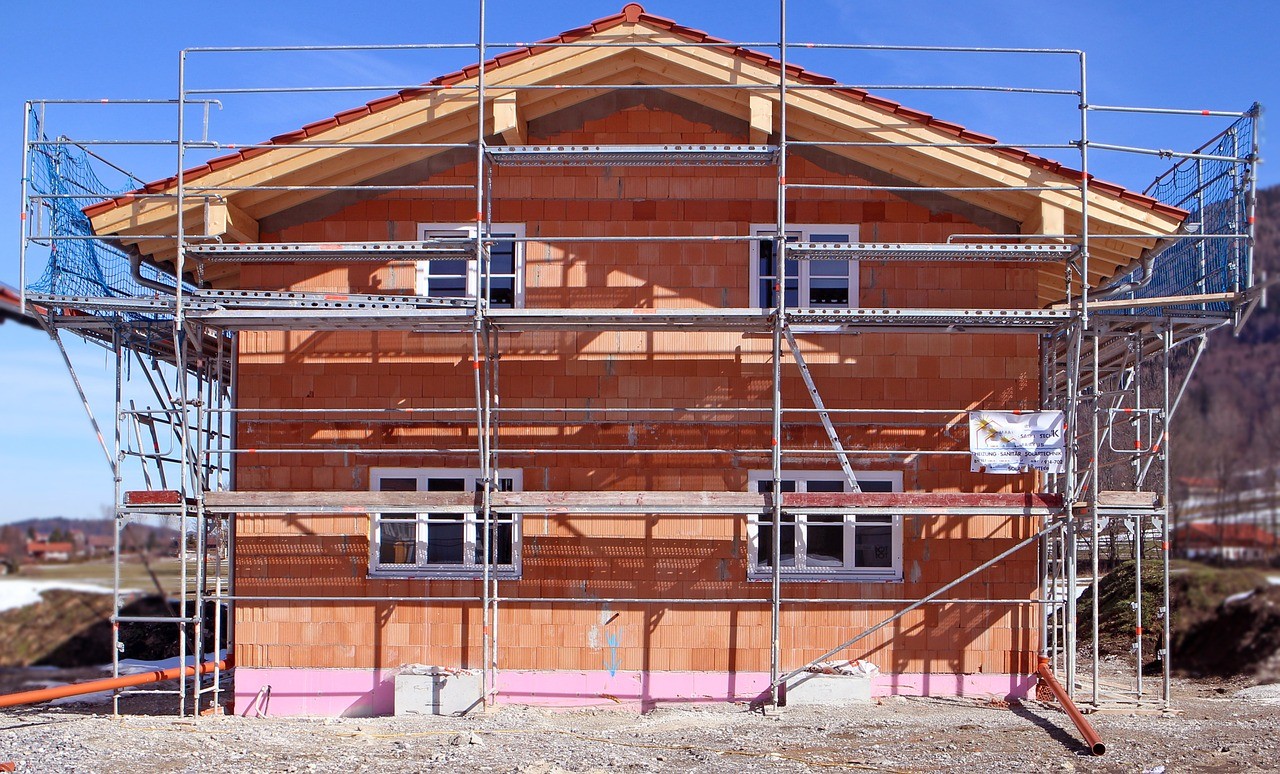The 1986 signing of The Asbestos Hazard Emergency Response Act (AHERA) effectively began the era of asbestos regulations. AHERA (40 CFR 763) applies to K-12 schools, so while most building owners are not subject to its regulations, it is worth knowing that many asbestos regulations find their root in that act; significant portions of AHERA were extended to public and commercial buildings in 1992 with the signing of The Asbestos School Hazard Abatement Reauthorization Act (ASHARA). Specifically, requirements for inspecting and sampling building materials to determine the presence of asbestos were promulgated to most buildings in the United States.
OSHA requirements dominate the regulatory conversation for abatement contractors, but it is the National Emissions Standards for Hazardous Air Pollutants (NESHAP) that concerns building owners. NESHAP is an EPA regulation, and as such is enforced at the state level by agencies of various names. For example, in Michigan, the Department of Environmental Quality (DEQ) enforces NESHAP while in Wisconsin, the Department of Natural Resources (DNR) maintains NESHAP responsibility.
- Know the regulatory requirements for submission of notification when a demolition or renovation is planned.
NESHAP requires submission of notification to the appropriate state agency whenever a building owner intends to renovate or demolish any structure with an asbestos removal component exceeding 260 linear feet, 160 square feet, or 35 cubic feet of asbestos-containing material (ACM), which is defined as building material containing greater than 1% asbestos.
NESHAP rules have slight variation state-to-state. For example, Michigan’s DEQ requires notification for renovation or demolition regardless of asbestos, while some other states only require notification if ACM exceeds the NESHAP threshold.
- Know the value of a thorough building inspection.
A building inspection will account for any and all building materials impacted by the project. In the case of a renovation, it often serves the owner’s best interest to perform a complete building inspection regardless of project scope.
The information contained in a full inspection is applicable to any future renovation or demolition of the building, including basic maintenance activities. A good building inspection will include material quantities, locations, and analytical results. It should also include highlights and references to the pertinent regulations and serve as a quick reference for building owners.
- …and a good inspector.
The value in choosing a good inspector early in the project design process comes from being able to develop solid project specifications, which reduces the potential for change orders and similar hitches in project progress. A good inspector also assists building owners in navigating regulatory requirements during the inspection and notification process, which is particularly important because NESHAP citations are issued to building owners rather than contractors.
The inspection required to determine asbestos content and quantity must be performed by a state licensed inspector.
- Recognize the applicability of OSHA regulations.
Although building owners are not responsible for OSHA concerns related to asbestos work activities, owners should recognize the applicability of OSHA regulations. Project specifications should reference appropriate OSHA regulations as well as require contractor compliance.
Contractors cannot meet regulatory requirements without appropriate information. A good building inspection not only gives contractors the information to meet those requirements but allows them to submit realistic bids – reducing the potential for change orders. Regulatory visits generally include a request for the building inspection report, and a quality inspection report can be the difference between an easy and a hard regulatory visit.
- Do not get overwhelmed with the details of asbestos regulations, but achieve a basic understanding of how they work.
Building owners do not need to be well-versed in the details of regulations covering asbestos, but they should have a basic understanding of the requirements these regulations place on owners and the methods generally used to achieve compliance.
NESHAP requirements should be understood in the context of asbestos use in building materials. It is not true that a building constructed in 1990 (or similar statements) is exempt from asbestos rules; brand new construction may contain ACM building materials. It is only illegal to manufacture asbestos projects in the United States; it is not illegal to import asbestos products.
Asbestos is not only a health danger to building occupants and workers in certain situations; it is a danger to building owners financially. The cost of non-compliance with asbestos regulations generally exceeds the cost of compliance, and the cost of compliance goes down with proper planning in advance of the work. For building owners, a third-party inspection and consultation is not an expense but rather an investment. The return on that investment is a confident building owner with a smooth project in full regulatory compliance.
-AGK
Do you have any other tips? Let us know in the comments!

